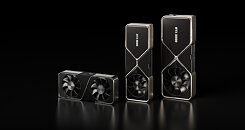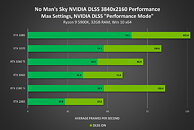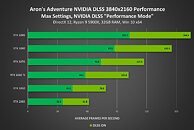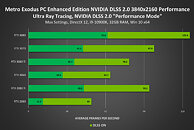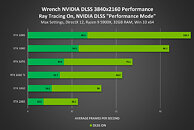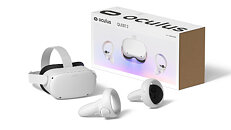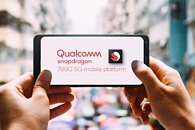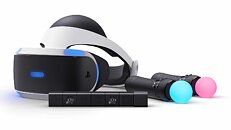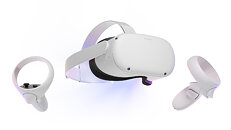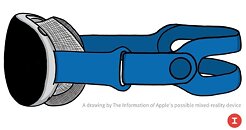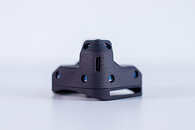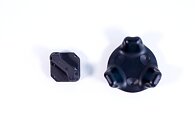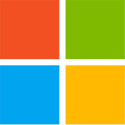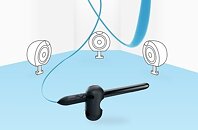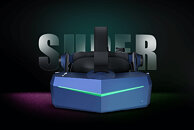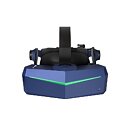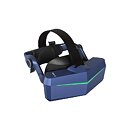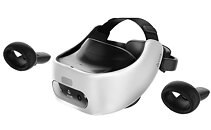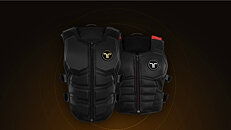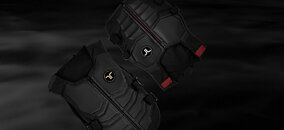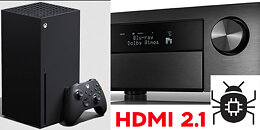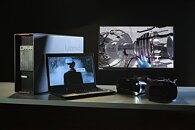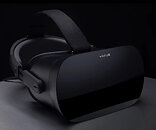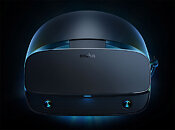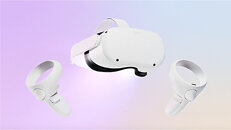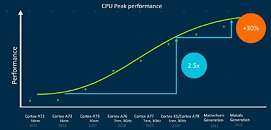
NVIDIA Adds DLSS Support To 9 New Games Including VR Titles
NVIDIA DLSS adoption continues at rapid pace, with a further 9 titles adding the game-changing, performance-accelerating, AI and Tensor Core-powered GeForce RTX technology. This follows the addition of DLSS to 5 games last month, and the launch of Metro Exodus PC Enhanced Edition a fortnight ago. This month, DLSS comes to No Man's Sky, AMID EVIL, Aron's Adventure, Everspace 2, Redout: Space Assault, Scavengers, and Wrench. And for the first time, DLSS comes to Virtual Reality headsets in No Man's Sky, Into The Radius, and Wrench.
By enabling NVIDIA DLSS in each, frame rates are greatly accelerated, giving you smoother gameplay and the headroom to enable higher-quality effects and rendering resolutions, and raytracing in AMID EVIL, Redout: Space Assault, and Wrench. For gamers, only GeForce RTX GPUs feature the Tensor Cores that power DLSS, and with DLSS now available in 50 titles and counting, GeForce RTX offers the fastest frame rates in leading triple-A games and indie darlings.
By enabling NVIDIA DLSS in each, frame rates are greatly accelerated, giving you smoother gameplay and the headroom to enable higher-quality effects and rendering resolutions, and raytracing in AMID EVIL, Redout: Space Assault, and Wrench. For gamers, only GeForce RTX GPUs feature the Tensor Cores that power DLSS, and with DLSS now available in 50 titles and counting, GeForce RTX offers the fastest frame rates in leading triple-A games and indie darlings.
